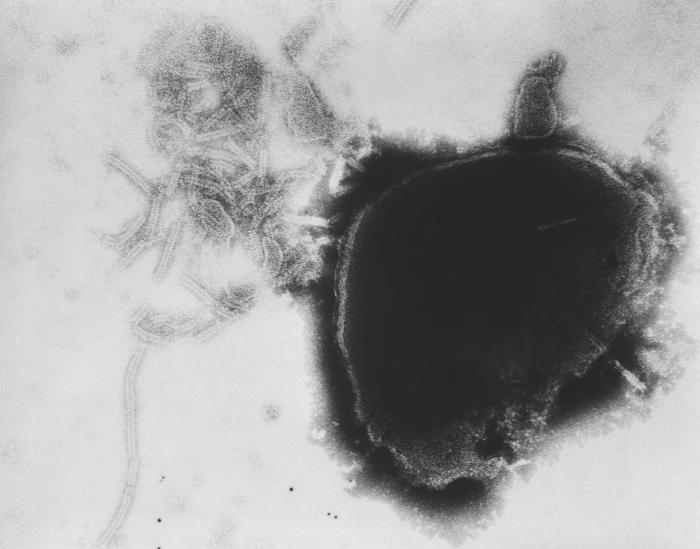The mumps case count linked to the University of Illinois at Urbana-Champaign campus has grown to 60, according to a CNN report Friday. Health officials with the Champaign-Urbana Public Health District tell the news agency that they usually see a dozen cases annually.

Epidemiologist Dr. Awais Vaid said his concern is what happens when the fall semester starts at the school in a couple weeks.
In neighboring Missouri, health officials are also investigating a cluster of mumps cases linked to the University of Missouri.
In both investigations, health authorities say most of the students are up-to-date on their Measles-Mumps-Rubella vaccine. However, the mumps portion of the vaccine is not 100 percent effective as the Centers for Disease Control and Prevention (CDC) notes:
MMR vaccine prevents most, but not all, cases of mumps and complications caused by the disease. Two doses of the vaccine are 88% (range: 66-95%) effective at preventing mumps; one dose is 78% (range: 49%−92%) effective.
As of July 24, there has been 236 mumps cases reported nationally. In 2014, more than 1,000 cases were reported in the worst year since 2010.
In 2014, mumps outbreaks hit several college campuses including the University of Idaho, Ohio State University and The University of Illinois at Urbana-Champaign, among others.
Mumps is spread by droplets of saliva or mucus from the mouth, nose, or throat of an infected person, usually when the person coughs, sneezes or talks. Items used by an infected person, such as cups or softdrink cans, can also be contaminated with the virus, which may spread to others if those items are shared.
Symptoms typically appear 16-18 days after infection, but this period can range from 12-25 days after infection. It is usually a mild disease, but can occasionally cause serious complications.
The most common complication is inflammation of the testicles (orchitis) in males who have reached puberty; rarely does this lead to fertility problems.
Other rare complications include inflammation of the brain and/or tissue covering the brain and spinal cord (encephalitis/meningitis), inflammation of the ovaries (oophoritis) and/or breasts (mastitis) in females who have reached puberty and deafness. Anyone who is not immune from either previous mumps infection or from vaccination can get mumps.
Related news:
Air Force recruits demonstrate lower measles, mumps, and rubella titers: Study


Given vaccine coverage rates, one would expect more cases among vaccinated people in absolute terms. But the unvacced are much more likely to get sick. Please correct the story.
Why no mention of US v Merck 2012? It is a federal case in which former employees of Merck have been given whistleblower status in a suit in which these former employees complain that they were forced to forge immunity information submitted to the FDA, fraudulently reporting the efficacy of the mumps component of the MMR.
Stealth they KNEW we all already had just exhibiting vaccine induced antigens!
http://www.ncbi.nlm.nih.gov/pubmed/25483547
ALL vaccines are infectious in gene sharing stealth bioweapon Epstein Borreliosis AIDS!
http://www.lymeneteurope.org/forum/viewtopic.php?f=13&t=5147&sid=ce337d920c2c6382cc4d88b54f3c0213&start=20
They are giving you the very infections they are pretending to be preventing.